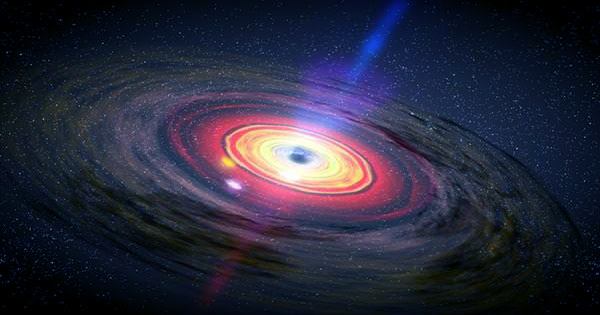This week, because they both have a bit of a moment, Jupiter and NASA’s DART mission have both received a lot of media attention. Next week, Jupiter and Earth will have their closest encounter since 1963, and DART, which was its route to its own meeting with destiny, captured a stunning photo of the gas giant as it passed by.
On its route to colliding with its target, the moonlet Dimorphos of the asteroid Didymos, on September 26, the world’s first planetary defense test mission has been putting its onboard camera, the Didymos Reconnaissance and Asteroid Camera for Optical Navigation, or DRACO, through rigorous testing.
DRACO, the sole instrument on DART, will be photographing the entire event when the spacecraft collides with the moonlet and transmitting back images of it. The Johns Hopkins Applied Physics Laboratory (APL) crew pointed the spacecraft in the direction of Jupiter to test its sophisticated navigation system by looking for Europa, the moon of the gas giant.

One of Jupiter’s four largest moons, often referred to as the Galilean moons (Io, Europa, Ganymede, and Callisto), is Europa. As Dimorphos and Didymos will visually split as DART approaches, they configured the SMART nav to detect Europa, which is actually the smallest, as it emerged from behind Jupiter.
The team might investigate how different objects’ pixel counts might change when targets move across the detector using Jupiter and its moons.
According to Carolyn Ernst, DRACO instrument scientist at APL, “the Jupiter tests offered us the opportunity for DRACO to picture anything in our own Solar System.” We are eager to learn what DRACO will reveal about Didymos and Dimorphos in the hours and minutes coming up to impact because the photographs look great!
Jupiter was 700 million kilometers (435 million miles) and DART was roughly 26 million kilometers (16 million miles) from Earth when the composite image was shot.
We have already seen Didymos, which is around 780 meters broad (2,560 feet) across, in the probe’s initial glimpse, however it is unknown how quickly we will see photographs of the collision next week. The Italian Space Agency’s backup spacecraft LICIAcube, which also carries a camera to capture the impact and record the impact of DART on Dimorphus, has also been deployed by DART.
















